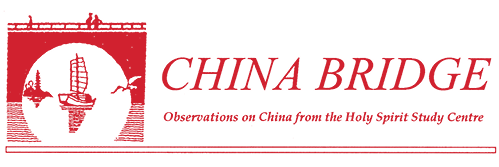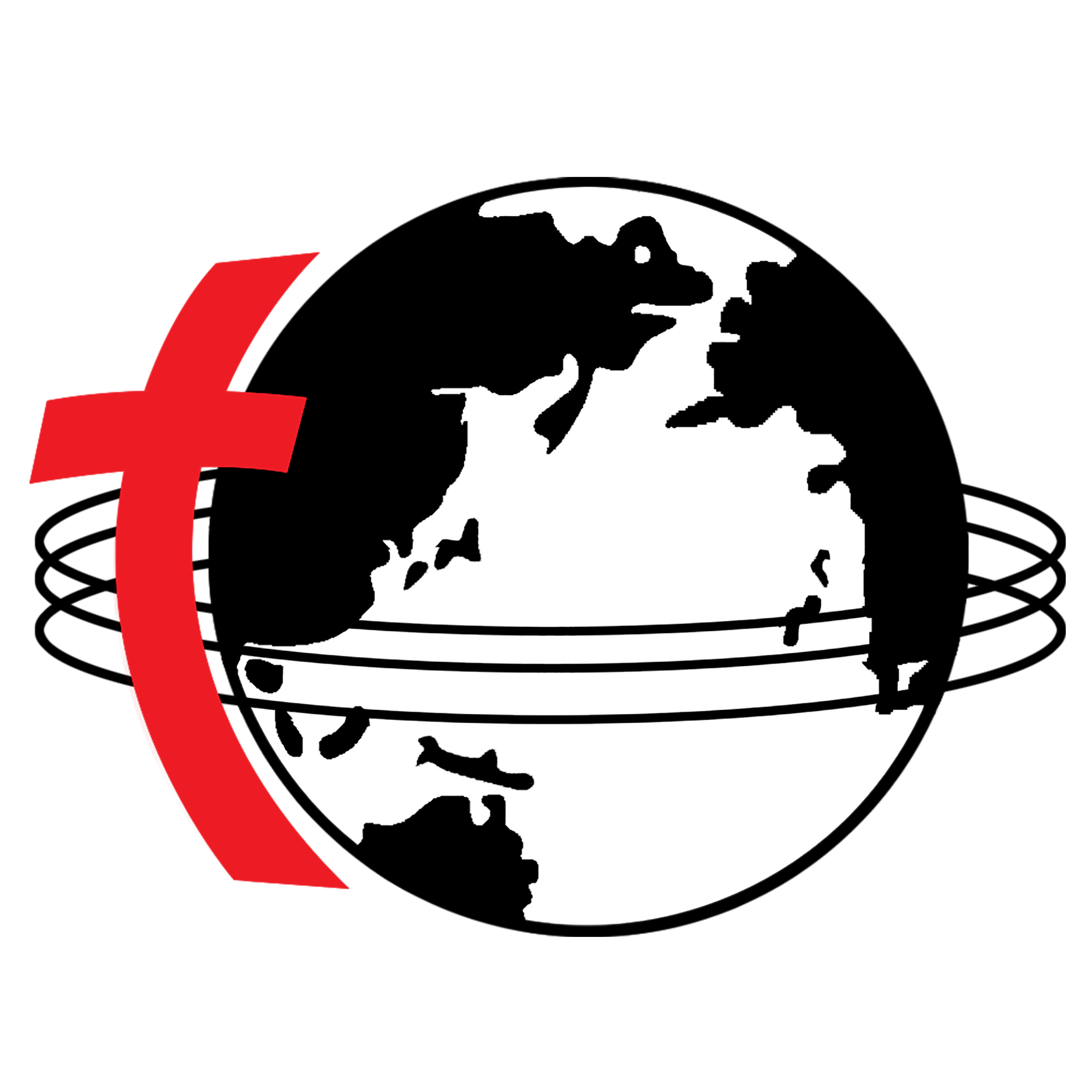
China Bridge (神州橋樑)_2014/Jun
Counting women and children
The United Nations Population Fund (UNFPA) estimates that anywhere from 700,000 to two million women and girls are transported across international borders annually while 98 per cent of the victims of forced sexual exploitation are women and girls.
The United Nations Children’s Fund (UNICEF) reports that worldwide, over one million children enter the sex trade every year and that at least 95 per cent of victims are subjected to physical or sexual violence while being trafficked.
Human trafficking is a US$31.6 billion ($245 billion) business and is the fastest growing organised criminal activity in the world.
Forty-nine per cent of profits are generated in industrial countries; 30.6 per cent in Asia and the Pacific. Worldwide in 2006, only one in every 800 people prosecuted for trafficking was convicted.
Good practices to prevent trafficking
More than 1,000 companies worldwide have signed The Code of Conduct for the Protection of Children from Sexual Exploitation in Travel and Tourism (the Code).
It obligates signatories to train employees, examine company practices, raise awareness and report on measures taken to prevent and report incidents of child sexual exploitation.
Australia and the United Kingdom (source countries) have databases of known and suspected paedophiles which police share with destination countries.
The Coalition to Prevent Trafficking of Women (CATW) in The Philippines has organised camps for 17- to 18-year-old boys to discourage the demand for prostitution by changing attitudes.
Japan Relief for Cambodia and American Assistance for Cambodia has also launched the Girl Be Ambitious Programme, which provides US$10 ($77.50) a month to girls with a perfect attendance record in the school where they receive their vocational and empowerment training.
Chinese babies saved
In February 2014, a bust of four human trafficking groups in China saved 382 babies, according to a statement by the state media.
At least 1,094 people have been arrested by Chinese authorities on charges related to the illegal sale or purchase of infants.
The sting operation, led by the Ministry of Public Security, began a year ago when authorities became aware of four human trafficking websites masquerading as adoption agencies.
Related online communications like blogs and chat rooms were also involved. China’s Orphan Network and Chinese Adoption Home are two of the websites accused.
In 2010, the Supreme People’s Court, the Supreme People’s Procurator and the Ministry of Justice jointly gave notice that they would attack trafficking crimes targeting women and children.
They stipulated that if suspects provide a network platform to facilitate child trafficking, or offer fake birth certificates or household registrations of the abducted children, they would be held criminally accountable.
A professor at the People’s Public Security University suggested that along with police crackdowns, hospitals should take blood samples of newborns in order to include them in the national DNA database.
Under Chinese population restrictions, a family is permitted one child. Rural families are allowed two children if the first is female or disabled. The 55 ethnic minorities of China are completely excluded from the policy.
Multiple births, such as twins, qualify as an exemption. A further relaxation of the policy in 2003 made it possible for a couple to have a second child if one parent was an only child.
Fear of the penalties imposed by the authorities make the families unwilling to disclose the pregnancy or birth, which often takes place in secret, out of sight of the official scrutiny that giving birth in a hospital would bring.
Chinese media carries frequent reports of babies being abandoned shortly after they are born. The Chinese government puts greater value on boys than girls, according to these reports.
Abandoning a baby to the elements is a practice that goes back at least to Roman times. One out of every eight babies born in the world will be abandoned. That adds up to more than one million children abandoned each year (Liberty Voice, March 6).
But there are humanitarian responses to child abandonment.
In South Korea, where hundreds of unwanted babies are abandoned in the street every year, a Korean pastor has constructed a drop box beside his home, with a sign reading, Place to leave babies.
The inside is padded with a thick towel, and provided with lights and heating.
A bell rings when someone places a baby in the box and there is an immediate response by the pastor and his wife, or staff, who then bring the baby inside.
China has set up safe havens for abandoned children. These are made of special material to create an environment with warm temperatures and adequate ventilation to make babies comfortable.
The 10 square metre haven has an incubator, a crib, beddings, an alarm, a ventilation fan, an air conditioner and infrared intruder detection. To protect the parents’ privacy, no surveillance cameras are installed.
The first temporary shelter for abandoned children was established in Shijiazhuang, Hebei, in June 2011. Presently, there are 25 shelters nationwide and 18 more are being planned.
However, in news on March 18 it was reported that safe havens have been compelled to stop taking in unwanted children and are closing their doors.
In Guangzhou, the welfare facility took in 262 infants in six weeks, many of the children were ill or disabled, so they could not accommodate any more.
In addition to infants, children aged five to six-years-old were also abandoned at the facility.
The creation of the centres has been controversial, with some critics arguing that they encourage parents to abandon their children. All the babies left at the Guangzhou centre were ill or had disabilities.
Preliminary medical examinations showed 42 per cent of the infants had cerebral palsy, another 15 per cent suffered from Down’s Syndrome while 12 per cent had congenital heart disease. All have now received medical treatment, but nine per cent of the abandoned babies died.
The authorities are worried that any new arrivals will increase the risk of disease at the centre because there is not enough space to isolate the newly arrived babies from those already under care.
The director of social welfare in the civil affairs bureau, said the city would provide financial aid to poor families with newborns who were ill to reduce the number of abandoned children. The local government is also considering giving free medical treatment to young children born with a disease or disability.
Unfortunately, there are some callous people who are making a business out of selling babies and it is shocking to read that there are doctors and nurses involved.
In December, Zhang, an obstetrician-gynecologist in Shaanxi province, was arrested. She was accused of selling babies after persuading the parents to give them up on the false claim that the newborns suffered congenital diseases or disabilities.
Between 2011 and 2013, she sold seven babies, including twin girls, to a female trafficker for amounts ranging from 20,000 yuan ($25,353) to 30,000 yuan ($38,030) and she caused the death of another.
At the end of her criminal trial, she knelt down to apologise to the victims, but said, “The parents of the babies were partly responsible because they voluntarily signed agreements to give up their children.” Her accomplices have also been convicted.
This case came to light thanks to a local farmer. His wife had given birth to a baby boy at the hospital, but Zhang told them the child had syphilis and hepatitis B, transmitted from the mother and would not survive.
She did not let the couple see their child and told them the baby had been taken away.
The farmer questioned the doctor’s diagnosis and took his wife to another county hospital for the following day for tests. Two days later, results showed that the wife was free of both syphilis and hepatitis B.
The farmer contacted the police who investigated and found the baby in Henan province 20 days after he was born.
After the news spread about the obstetrician-gynecologist, seven more women reported they had given birth in the same hospital and that Zhang had encouraged them to give up their babies, saying they were seriously ill. The police rescued three of the babies.
Hong Kong has been described as a destination and transit point for men and women from mainland China, The Philippines, Indonesia, Thailand, Vietnam, Nepal, Cambodia and elsewhere in Southeast Asia, who have been forced into prostitution and possibly forced labour.
The Hong Kong government has no anti-trafficking law making it hard to protect victims and prosecute traffickers.
Luis CdeBaca, who spearheads the United States of America’s (US) State Department’s Office to Monitor and Combat Trafficking in Persons, said that Hong Kong has reached a major turning point in how it deals with the victims and international criminal networks behind modern-day slavery.
On a recent visit, the ambassador-at-large said, “The folks at Legco, government and civil society are grappling with the issue in a way not like in the past. And which direction Hong Kong takes, we stand ready to go, but this does need to be a Hong Kong solution to a Hong Kong issue.”
He also said that the recent case of the Indonesian maid who was abused by her employer has helped to raise awareness of the issue of human trafficking beyond the realm of prostitution to include enforced labour (SCMP, January 5).
The Catholic Church has assumed a pastoral responsibility in promoting the human dignity of persons exploited through trafficking and slavery, and advocates for their liberation and economic, educational and formative support. The Holy See’s nuncios and are linked in a fight against slavery (CatholicCulture.org).
In 2006, Pope Benedict XVI called the trafficking in human beings a scourge within the migration phenomenon and called for respect for all human beings, especially women.
Who can deny that the victims of trafficking are often the poorest and most defenceless members of the human family, the least of our brothers and sisters?
How can we help these victims in Hong Kong? How do we erase this scourge in our world? Liberty Asia, a non-government organisation, launched Hong Kong’s first anti-human trafficking hotline on January 28.
When you read or hear of victims of trafficking, the count will always be higher for women and children.
MC


 ENG
ENG